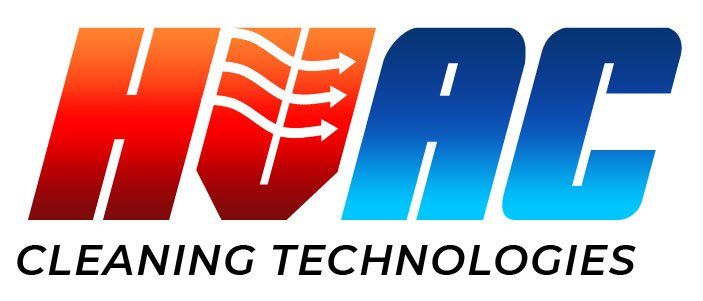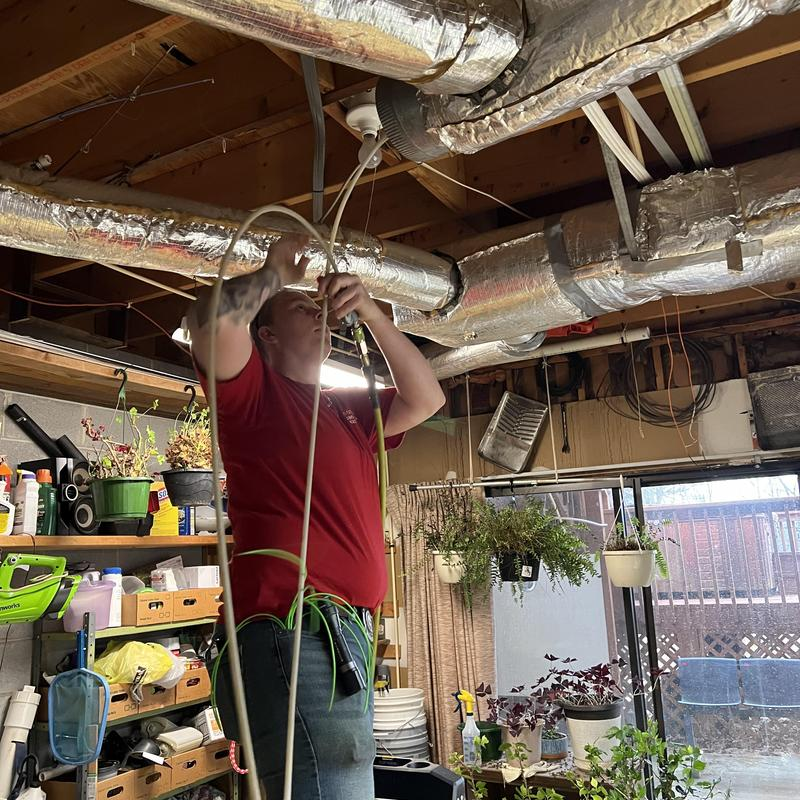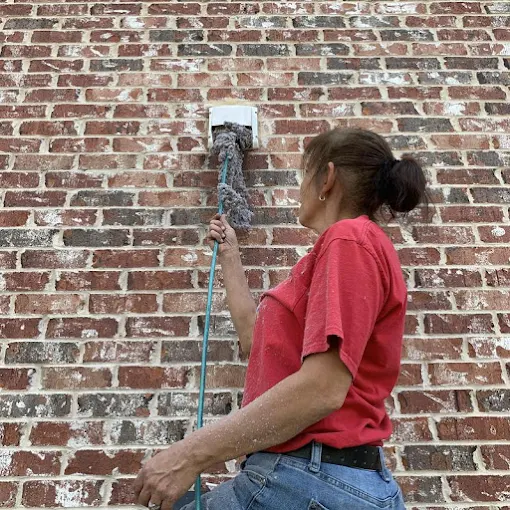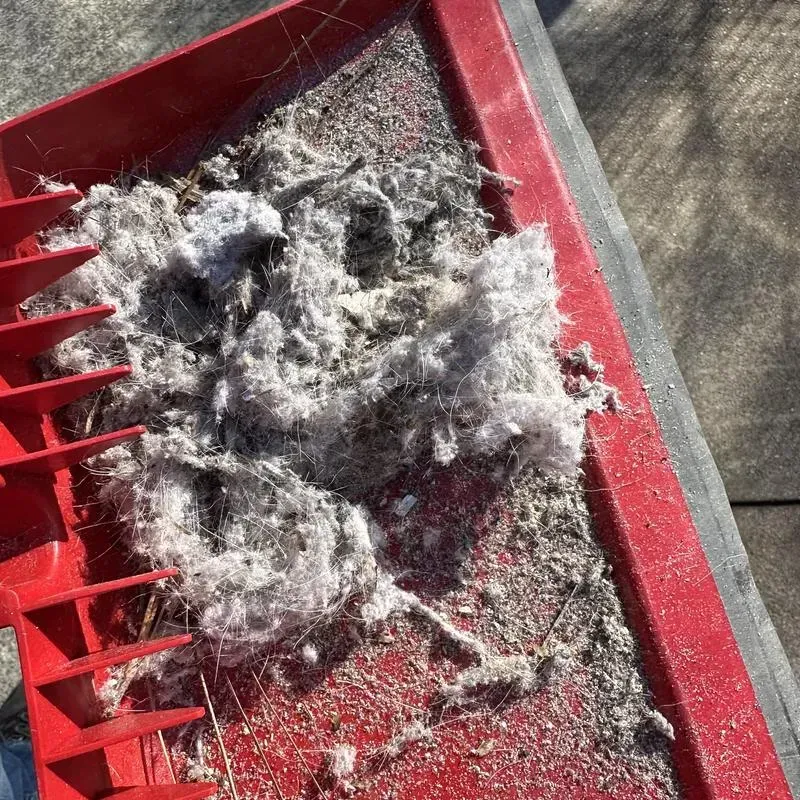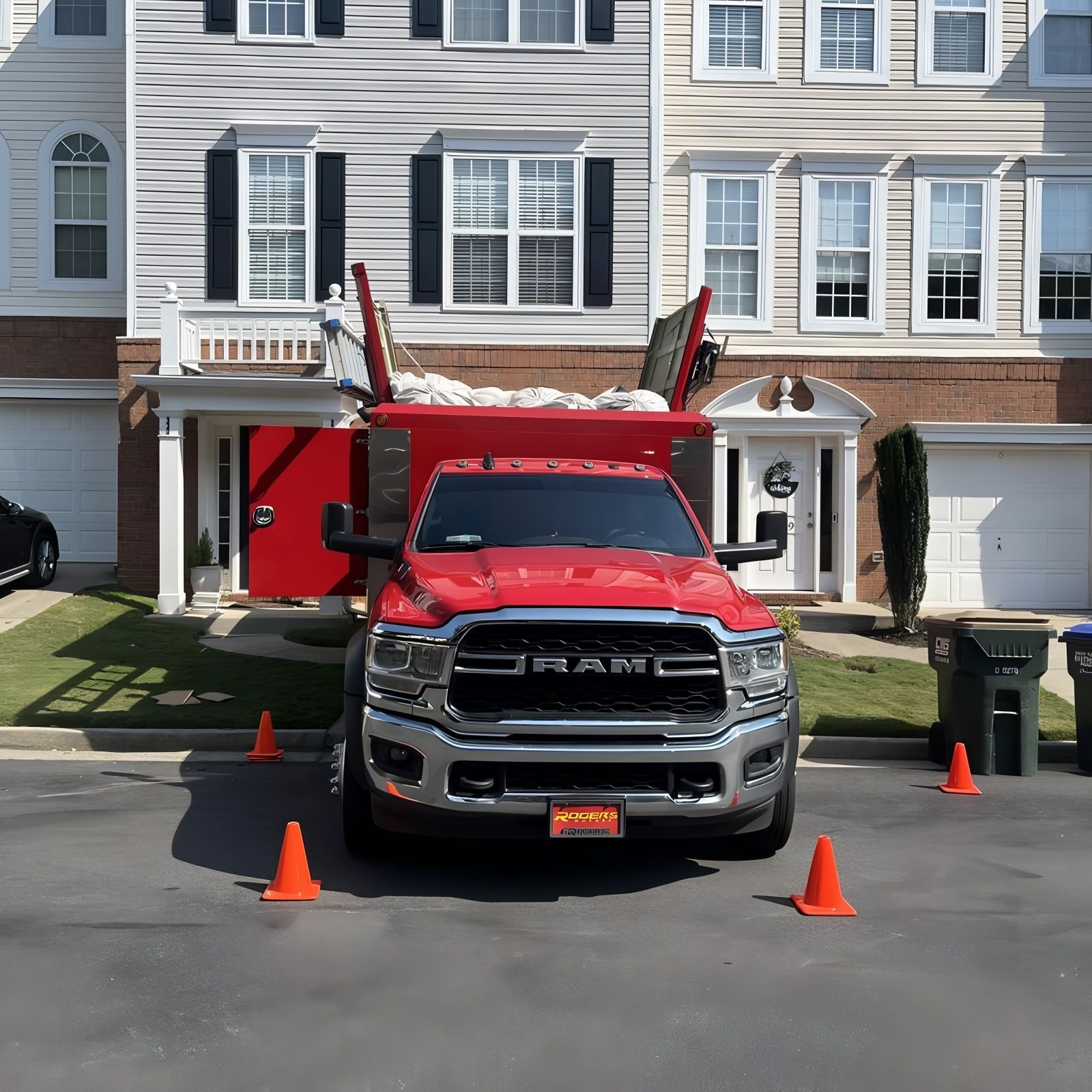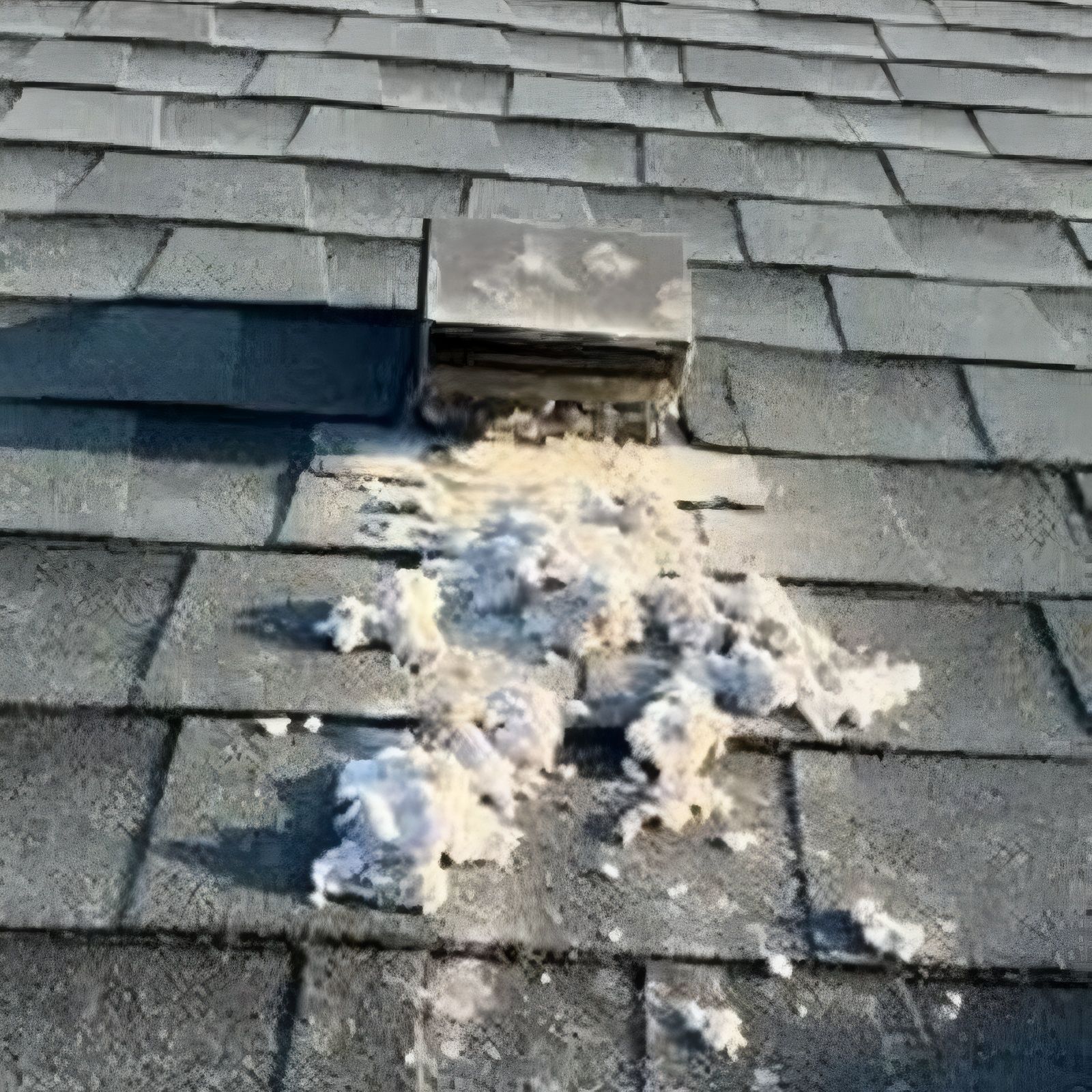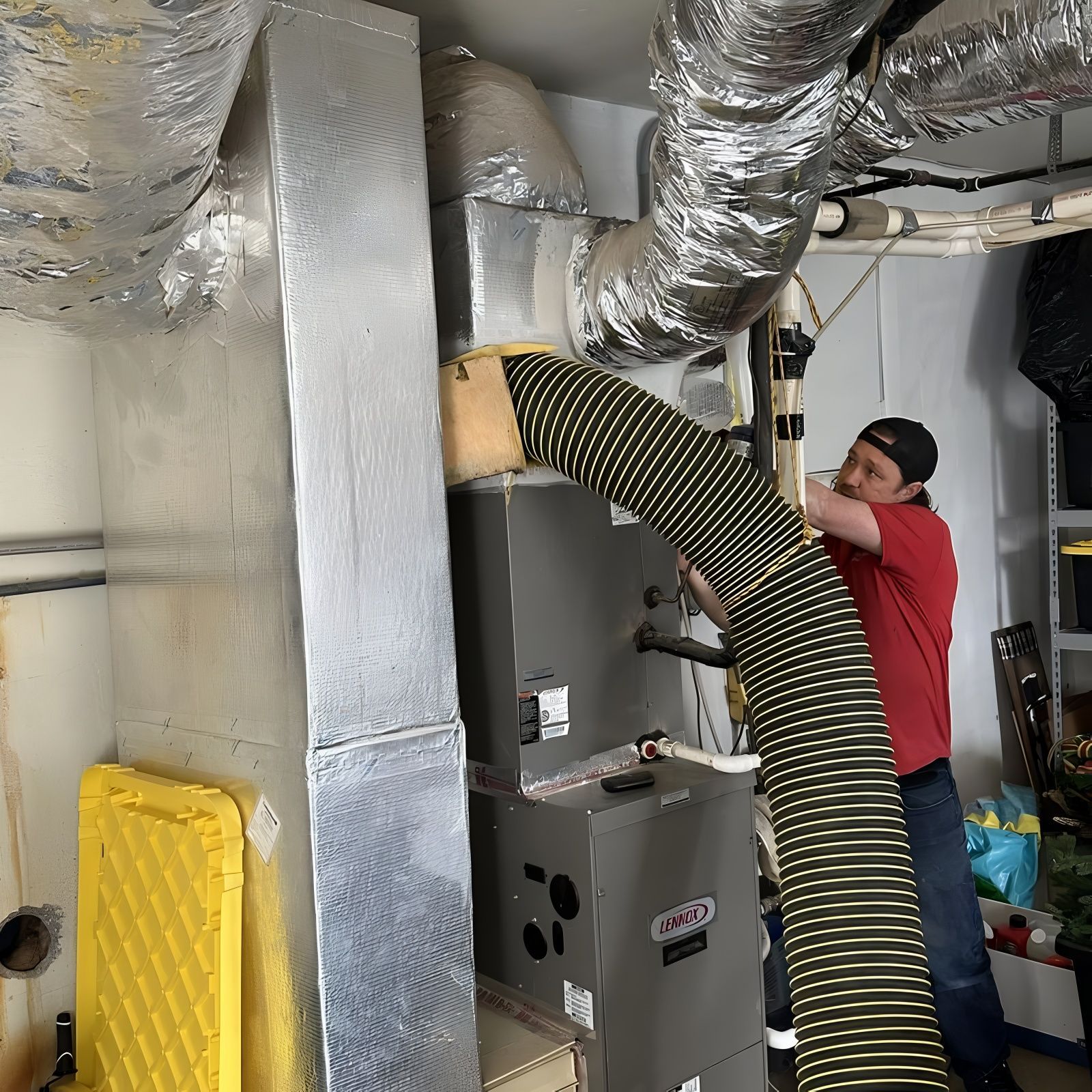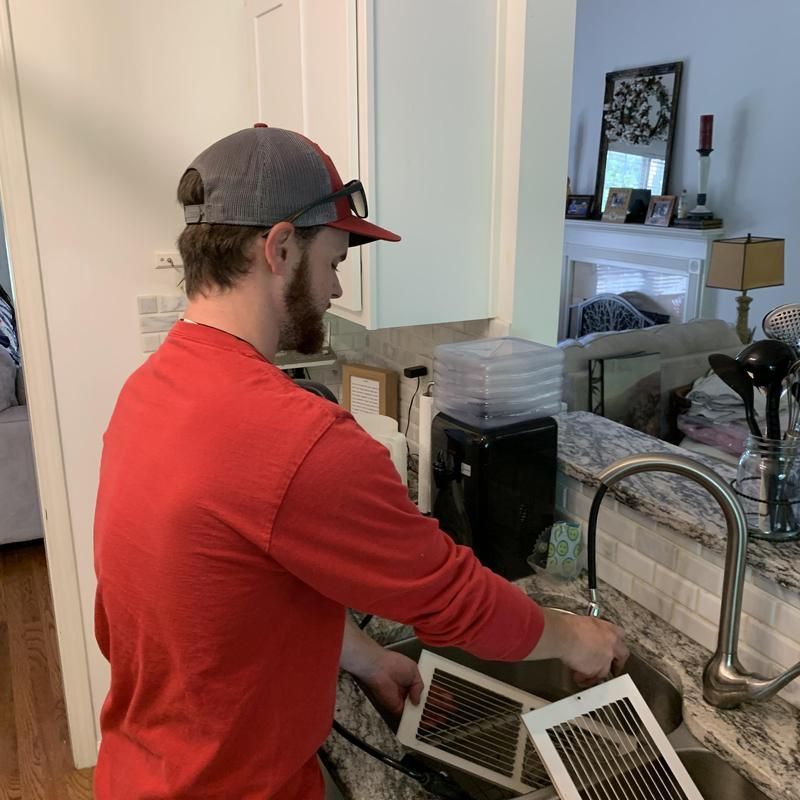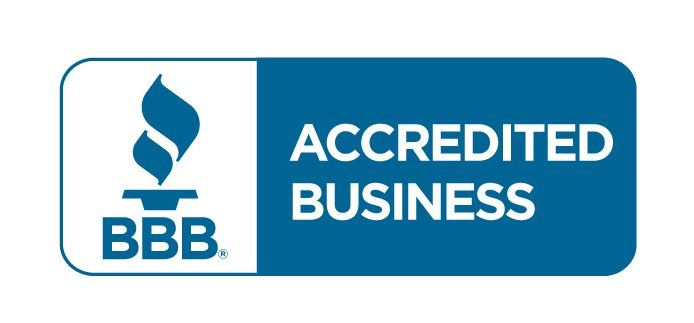How to Improve Indoor Air Quality in Your Home or Business
Did you know that the air inside your home or business can be two to five times more polluted than the air outside? This can lead to allergies, asthma, and fatigue. By understanding how to improve indoor air quality, you can breathe easier, feel more comfortable, and even extend the life of your HVAC system.
This guide covers five essential areas: spotting warning signs, identifying pollutants, utilizing professional air duct cleaning Cumming GA residents trust, optimizing HVAC systems, and implementing year-round strategies.
1. Recognize Poor Indoor Air Quality
Poor indoor air quality can make your living or working environment uncomfortable and unhealthy by spreading contaminants.
Symptoms of Indoor Air Pollution in Your Space
Watch out for these signs of exposure to stale or contaminated air:
- Persistent coughing or throat irritation
- Frequent headaches, dizziness, or sinus pressure
- Unexplained fatigue, sneezing, or skin irritation
If you notice these symptoms, it might be time to inspect your ventilation system for contaminants. Choosing a reputable Cumming air duct cleaning company can help diagnose and resolve these issues.
Visible and Odor Indicators of Poor Air Quality
Before health symptoms appear, you might notice:
- Excessive dust on vents and surfaces
- Mold patches in damp areas like basements
- Stale, musty, or chemical smells lingering after cleaning or cooking
These signs indicate a need to address pollutants before they spread further.
Recognizing these warning signs helps you identify specific pollutants causing indoor air issues.
2. Identify Main Indoor Air Pollutants
Indoor air pollutants include biological irritants, chemical emissions, and invisible gases that affect comfort and safety.
Impact of Mold, Dust Mites, and Pet Dander
Biological pollutants thrive in humid, occupied spaces:
- Mold spores can trigger allergies and respiratory issues
- Dust mites feed on skin flakes, worsening asthma symptoms
- Pet dander circulates through ductwork, causing sneezing and eye irritation
Addressing these irritants requires targeted removal and filtration. Professional air duct cleaning is crucial for removing these biological contaminants.
Understanding Volatile Organic Compounds (VOCs)
VOCs are gases released by household products:
- Paints, adhesives, and cleaning sprays emit formaldehyde and benzene
- These chemicals can cause headaches, nausea, and long-term respiratory irritation
- Ongoing VOC exposure degrades indoor air quality
Controlling VOCs involves reducing sources, improving ventilation, and using high-performance filters.
Radon and Carbon Monoxide: Invisible Threats
These gases pose serious safety risks:
- Radon seeps from the soil, increasing lung cancer risk over time
- Carbon monoxide from faulty furnaces or water heaters can be fatal
- Both gases require dedicated detectors and professional mitigation
Ensuring safety involves testing, sealing entry points, and regular HVAC inspections.
Identifying these pollutants highlights the importance of professional cleaning and system optimization.
Indoor Air Pollutants and Health
According to the Asthma and Allergy Foundation of America, exposure to indoor air pollutants like mold spores, dust mites, and VOCs can trigger allergic reactions and respiratory distress. These pollutants often accumulate in ventilation systems, affecting residents' health.
3. Invest in Air Duct Cleaning for Allergy and Asthma Sufferers
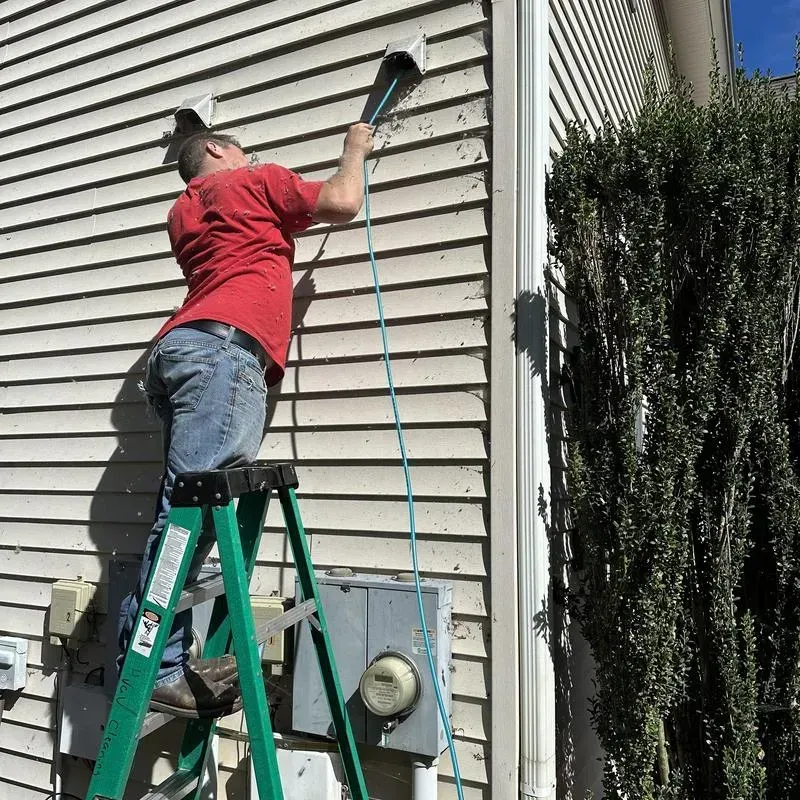
Air duct cleaning removes dust, allergens, and microbial growth from HVAC pathways, promoting healthier breathing environments. For effective air duct cleaning in Cumming GA, trust the experts.
The Air Duct Cleaning Process and Its Benefits
Professional duct cleaning involves high-pressure agitation and HEPA-filtered vacuum extraction to eliminate:
- Allergens – Dust mites, pollen, and pet dander
- Mold spores – Preventing regrowth and odors
- Debris – Improving airflow and reducing energy use
These benefits reduce triggers for asthma and allergy sufferers while boosting system efficiency.
Recommended Air Duct Cleaning Frequency in Cumming, GA
Local conditions dictate frequency:
- Every 2–3 years for typical homes without indoor pets
- Annual cleaning for homes with asthma sufferers, pets, or smokers
- After renovations or water damage to remove excess dust and mold risk
Regular cleaning maintains peak airflow and minimizes contaminant buildup. Choosing a trusted air duct cleaning company ensures these recommendations are met.
4. Optimize Your HVAC System for Cleaner Air
HVAC restoration revitalizes aging systems by repairing components, sealing leaks, and upgrading filtration to deliver cleaner, more consistent air.
Enhancing Air Filtration and Ventilation Through HVAC Restoration
Key restoration services include:
- Filter housing upgrades to support MERV-rated media
- Duct sealing and insulation for balanced airflow
- UV germicidal lamps installed near coils to neutralize microbes
These enhancements boost ventilation efficiency and trap finer particles before they circulate indoors.
Reducing Mold and Odors with HVAC Restoration
Restoration targets microbial growth and stale air sources:
- Coil and drain pan cleaning to remove moisture and biofilm
- Application of antimicrobial treatments within ductwork
- Installation of activated-carbon filters to neutralize VOCs and odors
By restoring core components, systems deliver fresher, healthier airflow throughout every room.
After duct cleaning and system upgrades, ongoing practices sustain optimal indoor air quality throughout the year.
5. Implement Year-Round Strategies for Healthy Indoor Air Quality
Beyond professional services, routine measures keep airborne contaminants at bay and maintain comfort across seasonal shifts.
Improving Air Filtration with HEPA and MERV Filters
High-efficiency filters capture a wide range of particles:
| Filter Type | MERV Rating | Particle Size Captured | Key Benefit |
|---|---|---|---|
| MERV 8 | 8 | 3.0–10 µm | Balances airflow and basic allergen reduction |
| MERV 13 | 13 | 0.3–1.0 µm | Traps smoke, viruses, and fine dust |
| HEPA | N/A | 0.1–0.3 µm | Captures ultrafine particles |
Upgrading filters complements duct cleaning and restoration by trapping residual contaminants.
Importance of Humidity Control for Mold Prevention
Maintaining indoor humidity between 30% and 50% prevents moisture buildup that fuels mold growth. Portable or whole-house dehumidifiers balance moisture levels, reducing mold risk and improving comfort. Consistent humidity control also limits dust mite proliferation and structural damage.
Best Practices for Ventilation
Effective ventilation refreshes indoor air with minimal energy loss:
- Open windows during mild weather to circulate fresh air
- Use exhaust fans in kitchens and bathrooms to expel moisture and odors
- Install energy-recovery ventilators (ERVs) for continuous, balanced exchange
Combining natural and mechanical methods sustains a healthy environment all year.
Conclusion
Maintaining these habits alongside professional services ensures cleaner air and greater peace of mind. Ready to enhance your indoor air quality in Cumming, GA? Contact HVAC Cleaning Technologies for professional air duct cleaning and HVAC restoration services tailored to local needs. Our certified technicians deliver healthier airflows, reduced allergens, and improved energy efficiency.
Schedule a consultation today to breathe easier tomorrow.
